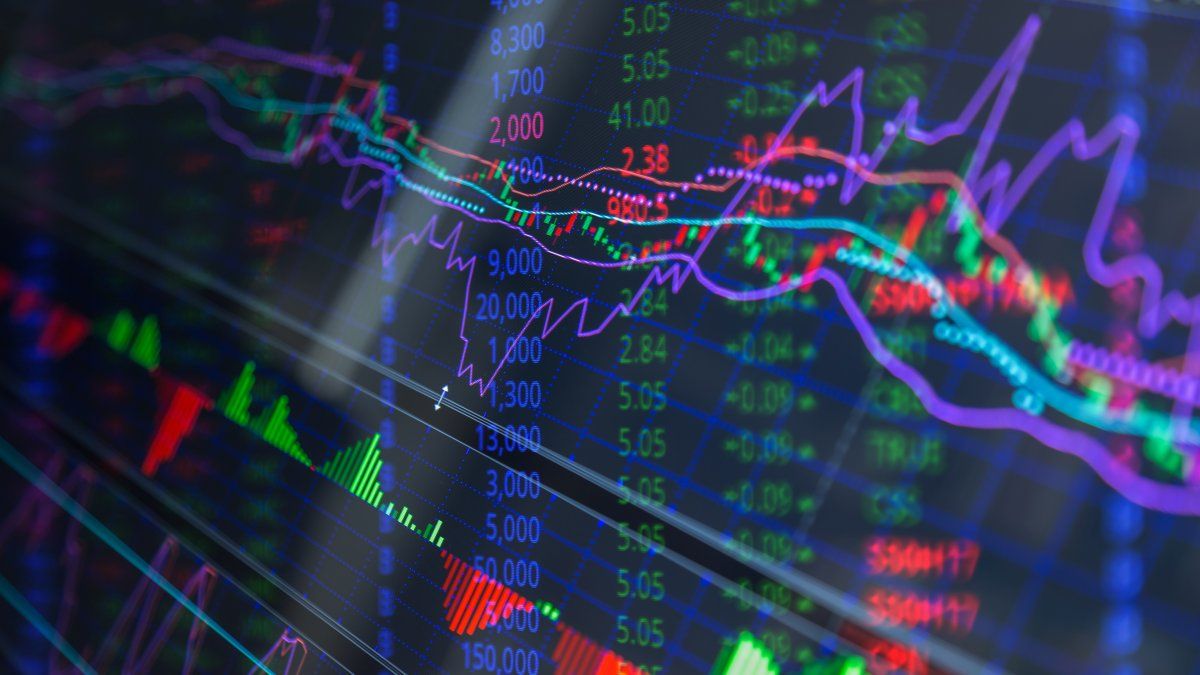The Porteña bag collapses this Tuesday, September 5 and suffers its worst fall in almost eight months. At the same time, the dollar bonds give up more than 4%. It occurs before the global strengthening of the US currency, after the disclosure of weak economic data in China and the euro zone, at a time of strong dollarization as a hedge at the local level, prior to the presidential elections in October.
In that context, the S&P Merval by BYMA it sinks 5% to 601,457 units, after scoring its intraday all-time high in pesos last week, in the 690,781.66 pointsand climb a 43% in August.
The most substantial casualties were headed by edenor (-7.7%); black hill (-6.8%), and cresud (-6.3%).
For their part, the Argentine papers on Wall Street recede hardafter not operating last Monday due to the Labor Day holiday in the United States.
The assets that fall the most are those of Macro Bank (-5.6%), edenor (-5.4%) and YPF (-5.1%). Meanwhile, the only ones that mark improvements are those of Globant (+2.4%); America Corporation (+2.2%); Free market (+0.9%), Tenaris (+0.1%); and ternium (+0.1%).
“We have evident profit-taking in stocks and bonds, not only because they come with a very strong bullish drag, but also because the foreign market is selling. As for the dollar, official intervention continues,” explained a financial agent from foreign private banks.
Operators agree that investors continue in a stage of evident prudence after an unexpected triumph of the ultra-right in the primary elections (PASO) to define the presidential candidates that will be seen at the polls in October.
During the day, the Government made official a new version of the soybean dollar but it will have a different scheme from previous editions. In this case, you will not have a fixed exchange rate directly but yes, indirectly, there will be a benefit for grain producers.
Agro-exporting companies will freely have 25% of the foreign currency they generate to buy soybeans during September, a government decision that seeks to improve the domestic price of the oilseed to accelerate grain sales and reinforce the battered reserves of the Central Bank (BCRA).
The implicit exchange rate for the new agro-export dollar it was around $455, well above the official parity. With this measure, analysts estimate that the Government will be able to raise some 2,500 million dollars.
The BCRA comes from accumulating purchases for US$8 million, with business cuts due to a holiday in the United States, with which it manages to acquire foreign currency for the sixteenth consecutive day as a result of the recent devaluation.
Bonds and country risk
In the fixed income segment, the sovereign dollar bonds they also operate with strong lowexcept for the Global 2046, that up 1.9%. The greatest losses are those registered by the Global 2038 (-4.3%), the bonar 2038 (-3.6%) and the bonar 2029 (-3.5%).
In that framework, the risk country Argentine, measured by JP Morgan bank, advances 0.8% until 2,102 units.
Source: Ambito
I am a 24-year-old writer and journalist who has been working in the news industry for the past two years. I write primarily about market news, so if you’re looking for insights into what’s going on in the stock market or economic indicators, you’ve come to the right place. I also dabble in writing articles on lifestyle trends and pop culture news.




